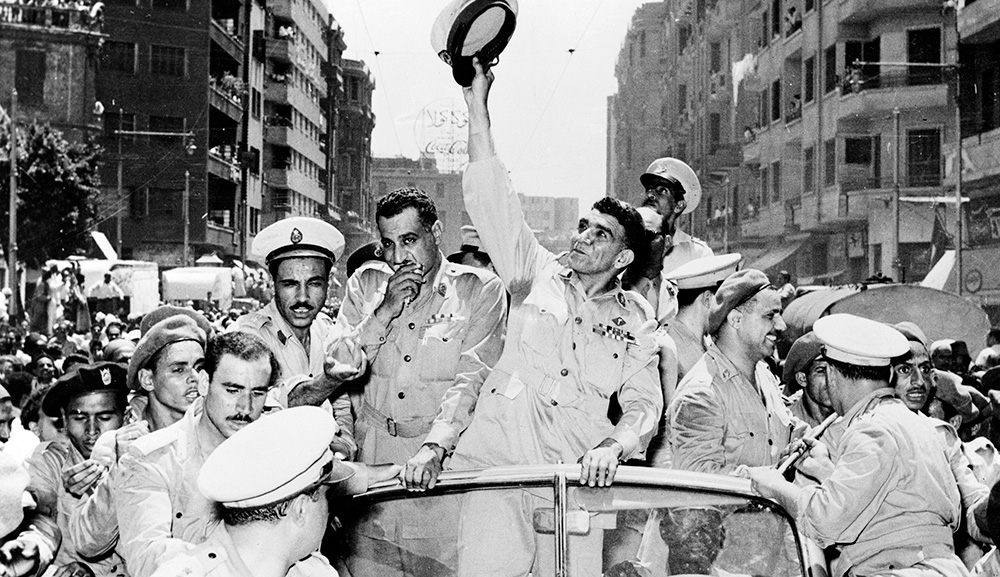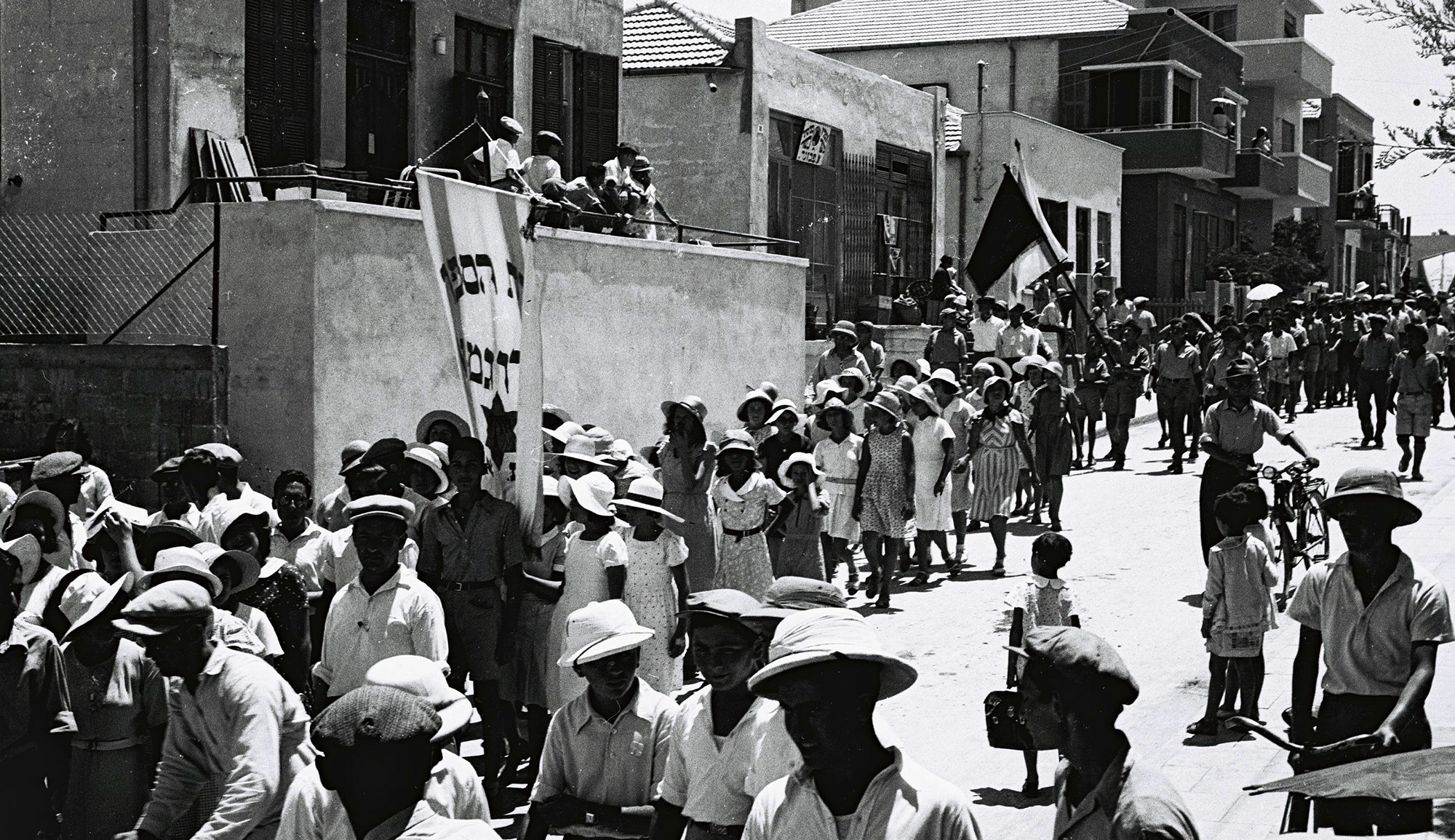In January, a group of Mossad agents broke into a top-secret nuclear archive outside of Tehran. Bent on locating the most important paper files, they discovered nearly 200 CDs and DVDs, all of which their superiors in Israel told them to take even if that meant delaying their carefully planned escape. The risk paid off: not only did they avoid capture, but analysts have by now used the information to put together a history of Iran’s attempts to build a nuclear arsenal. Ronen Bergman explains:
Iran’s secret military nuclear program began to take shape in 1992 or 1993 . . . [and was eventually] titled the “AMAD project.” . . . So what is the purpose of the AMAD project? The answer to this question, too, can be found in the archive: . . . the Iranian plan was to produce five warheads with a yield of ten kilotons each, and develop the ability to assemble these warheads on the Iranian-made Shahab-3 missile. Moreover, nuclear experts who examined the documents say that the Iranian leaders’ plan lays out far more extensive infrastructure than what is needed to produce “only” five bombs. . . .
In 2003, the United States invaded Iraq, and Tehran feared it was next in line, . . . so [it] decided to . . . close the AMAD project, only to reopen it under a different name. This development was interpreted differently by Israel and the United States. The latter determined that closing the AMAD project brought the nuclear program to a halt. Israel, on the other hand, claimed that [replacing AMAD was] an Iranian scam, and that the two projects were one and the same. The documents from the archive show that Israel was right. . . .
[Iran’s goal was] to deceive the world and develop a program that would continue where the AMAD project left off. The new initiative was titled the “SPND project,” and unlike its precursor, AMAD, which was entirely secret, SPND has two sides: the overt and public side, which allows the Iranians to claim the nuclear program was meant for peaceful purposes (medicine, etc.), and the covert side, which allows Iran to continue developing nuclear weapons. SPND, by the way, is still active today. . . .
And so the Iranian project continued from 2004, under SPND, until the signing of the nuclear agreement in the summer of 2015. . . . After the nuclear agreement was signed, Iran conducted its policy along two parallel tracks. In one, it submitted some material to the International Atomic Energy Agency (IAEA), which issued an official report in December 2015. This report, which in effect ignores the questions left [unanswered by Tehran], enables implementation of the nuclear agreement. In the other track, Tehran began to do everything in its power to hide everything it had on its nuclear program.
Thus, Iran’s stubborn insistence during the 2014-15 negotiations that it be allowed to continue to enrich uranium for its civilian nuclear program—in which U.S. negotiators acquiesced—was patently dishonest. Furthermore, its nuclear scientists might still be working on building atomic weapons at sites closed to IAEA inspectors. And even if the Islamic Republic has ceased such work, it has kept documents and a covert nuclear-research infrastructure so that it can resume building atomic weapons as the nuclear deal’s restrictions expire—which they will do in phases between 2023 and 2030.
More about: Iran nuclear program, Israel & Zionism, Mossad, Politics & Current Affairs


